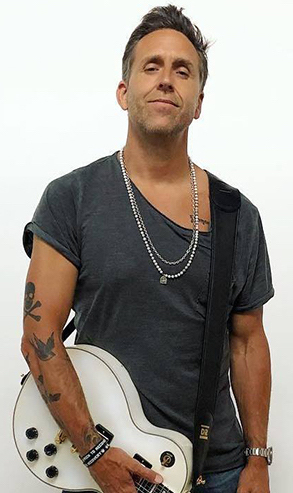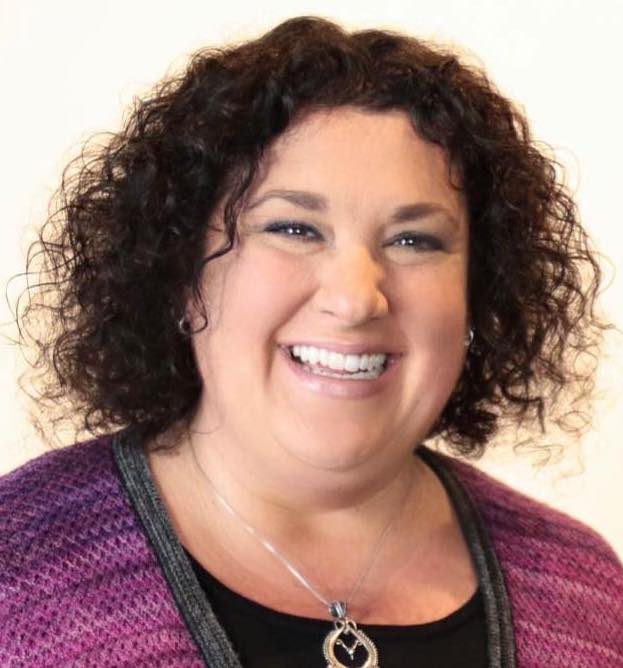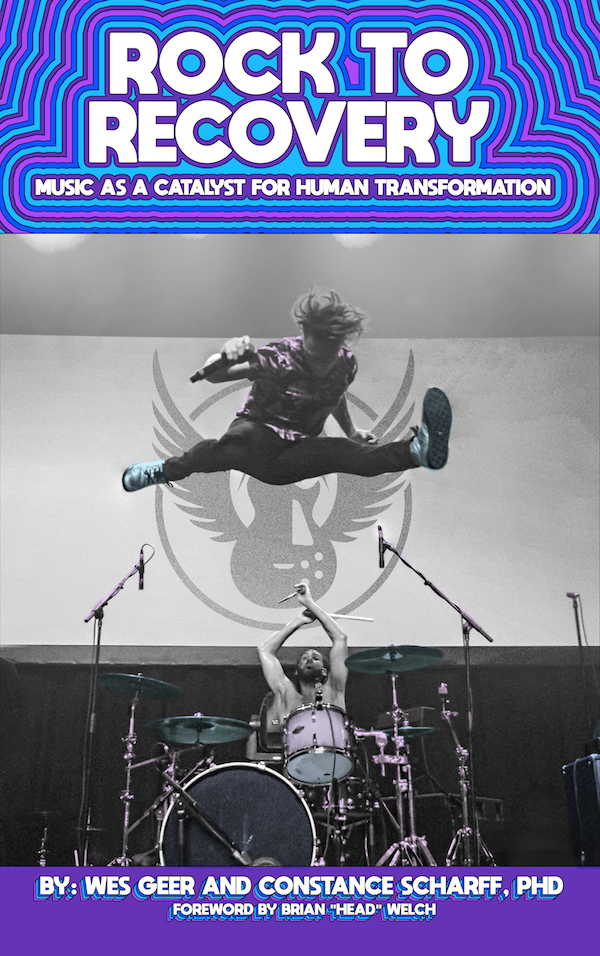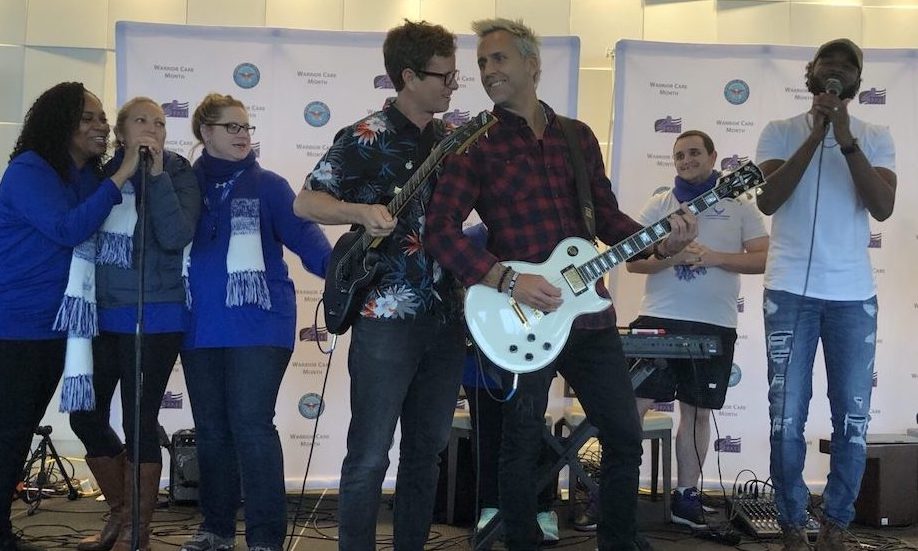Founded by former Korn touring guitarist Wes Geer [with white guitar], the organization uses music to help patients through the hardest days of their recovery journeys
By Veronica L. Holyfield

Rock to Recovery understands the restorative power of music. The program serves more than 100 addiction and mental health treatment centers in the U.S., delivering a sense of hope to veterans, trauma survivors and those suffering from addiction and mental health issues by shepherding them through writing, playing and recording tunes as a group.
Guitarist Wes Geer, 48, the founder of Rock to Recovery, grew to truly understand the healing qualities of music when he was in residential addiction treatment in the late 2000s. After a long, wrenching day of group therapy, he would break out his guitar, strum a few chords and observe the shift of energy in the room among his fellow patients.
“I saw it; I watched it; I witnessed it,” Geer recalls. “I watched guys start dancing, goofing off and singing. Think about it—people are [typically] terrified to sing, but they wanted to learn; they wanted to touch; they wanted to play. It was very special. I saw magic happening that stuck with me.”
The Birth of Rock to Recovery
In 2012, after he wrapped up a three-year gig as a touring guitarist with the nu metal band Korn, Geer began wondering how he could blend his songwriting and performing talents with what he had seen happen to the other residents while he had been in treatment. Thus, Rock to Recovery was born. The concept goes something like this: Geer travels to treatment centers and works with non-musicians who are in their earliest days of sobriety. After encouraging them to pick up instruments, utilize songwriting as a form of therapy, and jam together, they experience something of a catharsis. They learn to connect with and trust each other, and eventually they find themselves in states of joy and laughter.

“I started out doing Rock to Recovery in treatment centers, and I would go to a detox at 9 a.m. and 12 guys or girls would come in,” Geer says. “They’re half-awake and not excited to do anything—you know, detoxing from hard drugs, etc. I would do what we do: connect with them on an emotional level and do our process of using music as a form of cathartic expression. I would watch them jumping up and down, dancing and rapping, and [think], Who’s seeing this, because I’m by myself running this group. I thought, We’ve got a document this magic.”
Geer ultimately teamed up with mental health and addiction researcher Constance Scharff, PhD, who saw for herself the power of Rock to Recovery during a workshop by the organization in a treatment facility where she worked. Specializing in studying and reporting on the intersection of addiction and trauma, Scharff is well versed in complementary therapies. Her work on how the brain operates on a neurological level has given her an understanding of why music can create a dramatic shift in a person’s mood and outlook.

“While there isn’t any research on Rock to Recovery specifically, that’s in the works. [Music produces] a neurochemical response; your brain starts to dump serotonin, oxytocin and dopamine,” says Scharff, who now serves as Rock to Recovery’s vice president of business development. “They have a natural high. Now they feel better; now they want to be engaged.”
And a Book, Too
The workshop experiences of Geer and the neuroscience research of Scharff led the pair to author a book, Rock to Recovery: Music as a Catalyst for Human Transformation, that was published this year. The book tells the stories of 18 Rock to Recovery participants, with the theme that music is a universal healer.
Meanwhile, Geer and Scharff’s organization rocks on. Having touched the lives of more than 100,000 people over the past nine years, Rock to Recovery continues to grow and, as its website says, “soothe the restless souls of those in recovery.”














